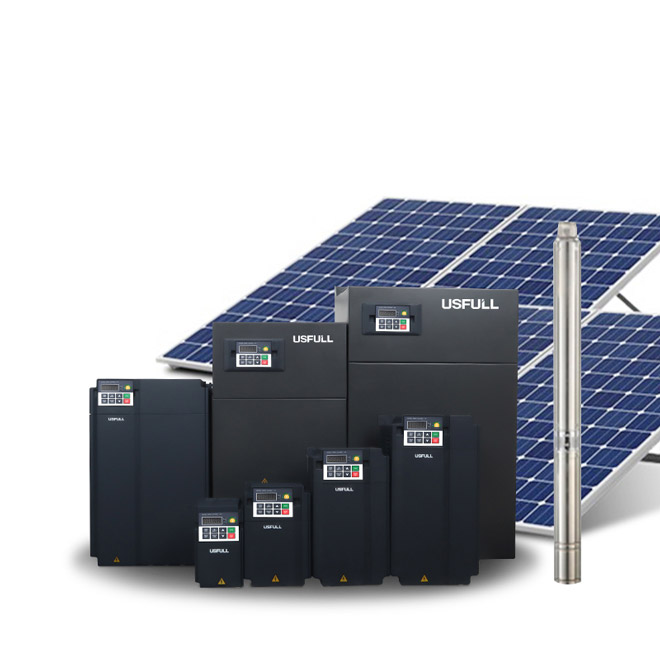Es el tipo de pregunta que hizo que la energía solar pasara de ser un oscuro experimento a una fuente viable de electricidad que alimenta millones de hogares en todo el mundo.
Las huertas solares son versiones a escala de planta de este concepto.
Pueden construirse en medio de un desierto donde el sol es increíblemente potente y los días nublados son raros. Los paneles pueden incluso pivotar automáticamente para seguir la trayectoria del sol en el cielo.
Una vez que los paneles atraen toda la energía que pueden, ésta se transporta a las ciudades cercanas. Hay una huerta solar en Austin (Texas) que produce energía suficiente para 5.000 hogares y compensa más de 1.000 millones de libras de emisiones de dióxido de carbono.
Ah, y sí, los paneles solares pueden seguir recogiendo energía en días nublados. Pero no son tan eficientes.
Esto se debe a que las nubes no bloquean toda la luz solar, sólo parte de ella. Si sales a la calle en un día nublado y aún puedes ver, es porque todavía hay luz solar, aunque sea un poco más tenue de lo habitual.
Ahí es donde entran en juego el almacenamiento y la red. Las empresas energéticas dependen de la red para compensar cualquier caída de la producción que puedan experimentar en un día nublado.
"Todos los fabricantes de paneles solares de renombre calculan que hacen falta entre 20 y 30 años de datos meteorológicos según la región", explica Whitson. "Así pueden predecir cuánto sol va a hacer a lo largo del año. La mayoría de las predicciones tienen en cuenta que no va a hacer sol todos los días".
Además, como ya se ha mencionado, la eficiencia es uno de los aspectos clave que los científicos intentan mejorar constantemente en los paneles solares.




